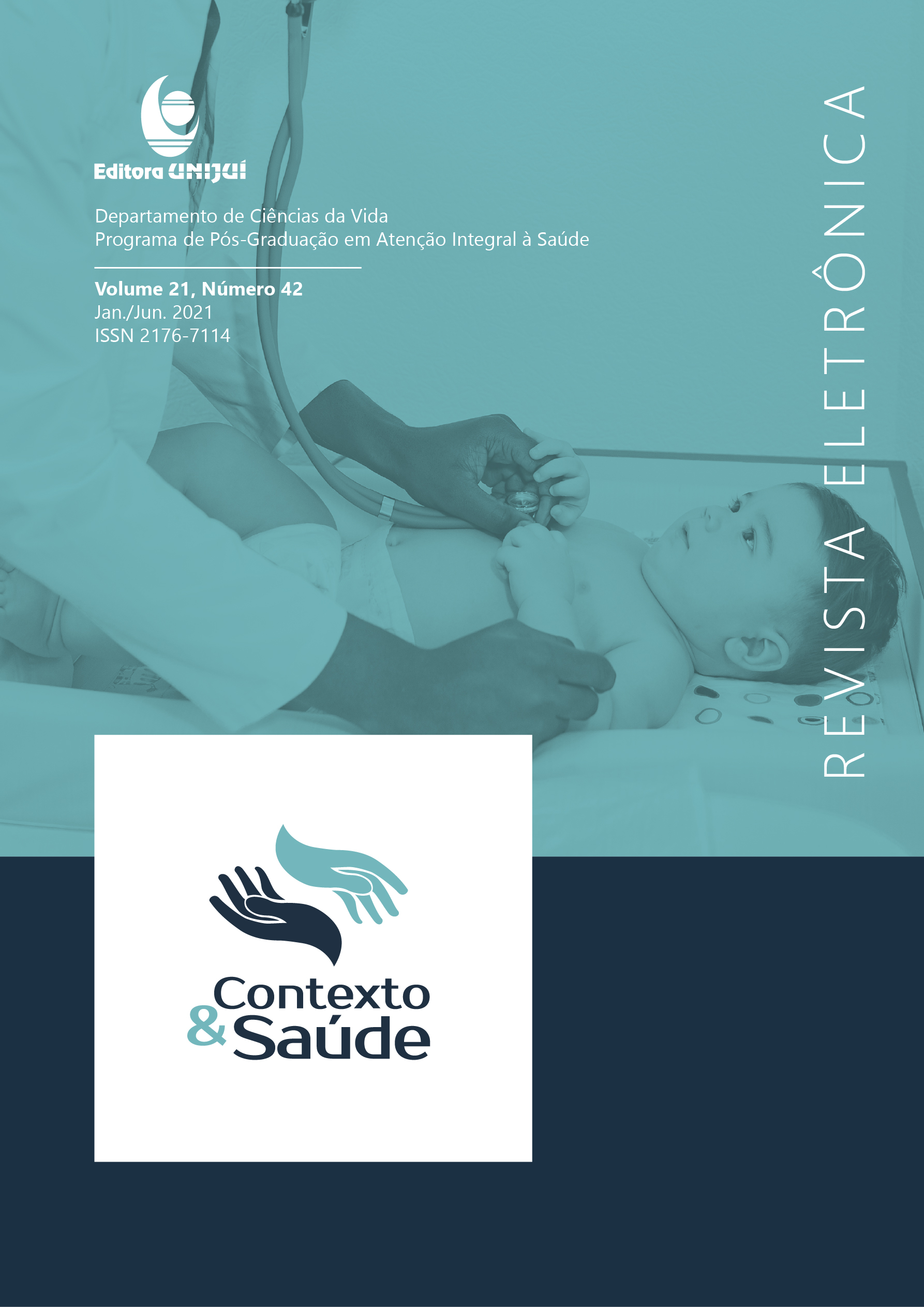IMPACTS OF NON-INVASIVE VENTILATION ON ASTHMATIC CHILDREN ADMITTED TO INTENSIVE CARE UNITS AND WARDS: NA INTEGRATIVE REVIEW
IMPACTS OF NON-INVASIVE VENTILATION ON ASTHMATIC CHILDREN ADMITTED TO INTENSIVE CARE UNITS AND WARDS: NA INTEGRATIVE REVIEW VENTILAÇÃO NÃO INVASIVA EM CRIANÇAS ASMÁTICAS
DOI:
https://doi.org/10.21527/2176-7114.2021.42.10897Keywords:
ASTHMA, Noninvasive VentilationAbstract
Introduction: Asthma is one of the most frequent chronic respiratory diseases in childhood. The pathophysiology of clinical conditions in asthmatic status provides a solid physiological basis for the use of noninvasive ventilation (NIV) in children. Objective: to analyze the effectiveness and safety of NIV in asthmatic children hospitalized in a hospital environment, as well as its physiological effects on the respiratory system, through the existing evidence. Methods: Research was carried out in the SciELO, Pubmed, Lilacs and Virtual Health Library (VHL) databases, for original articles on asthma and NIV in children. In Portuguese, English and Spanish, published between 2010 and 2020. Through the standardized DeCS descriptors: “acute asthma”, “bilevel”, “pediatrics”, “continuous positive airway pressure”. Following a methodology and inclusion and exclusion criteria, so that 7 articles were selected. Of these, 1 presented evidence level A (14.3%), another B (14.3%) and 5 level C (71.4%). Results: Six articles showed positive outcomes regarding the use of NIV in respiratory disorders caused by asthma. The patients showed clinical improvements, such as gas exchange optimization; shorter hospital stay, lower intubation rate, among others. Only 1 study indicated that NIV is ineffective and has no apparent benefits. Final considerations: Studies have indicated that NIV is a good therapeutic option, safe and effective. However, current information is limited, of low quality and controversial, without a standardization of its management. It is necessary to conduct more randomized studies that leave no doubt as to its use in this population.
Downloads
Published
How to Cite
Issue
Section
License

This work is licensed under a Creative Commons Attribution 4.0 International License.
By publishing in Revista Contexto & Saúde, authors agree to the following terms:
The works are licensed under the Creative Commons Atribuição 4.0 Internacional (CC BY 4.0) license, which allows:
Share — to copy and redistribute the material in any medium or format;
Adapt — to remix, transform, and build upon the material for any purpose, including commercial.
These permissions are irrevocable, provided that the following terms are respected:
Attribution — authors must be properly credited, with a link to the license and indication of any changes made.
No additional restrictions — no legal or technological measures may be applied that restrict the use permitted by the license.
Notes:
The license does not apply to elements in the public domain or covered by legal exceptions.
The license does not grant all rights necessary for specific uses (e.g., image rights, privacy, or moral rights).
The journal is not responsible for opinions expressed in the articles, which are the sole responsibility of the authors. The Editor, with the support of the Editorial Board, reserves the right to suggest or request modifications when necessary.
Only original scientific articles presenting research results of interest that have not been published or simultaneously submitted to another journal with the same objective will be accepted.
Mentions of trademarks or specific products are intended solely for identification purposes, without any promotional association by the authors or the journal.
License Agreement (for articles published from September 2025): Authors retain copyright over their article and grant Revista Contexto & Saúde the right of first publication.

